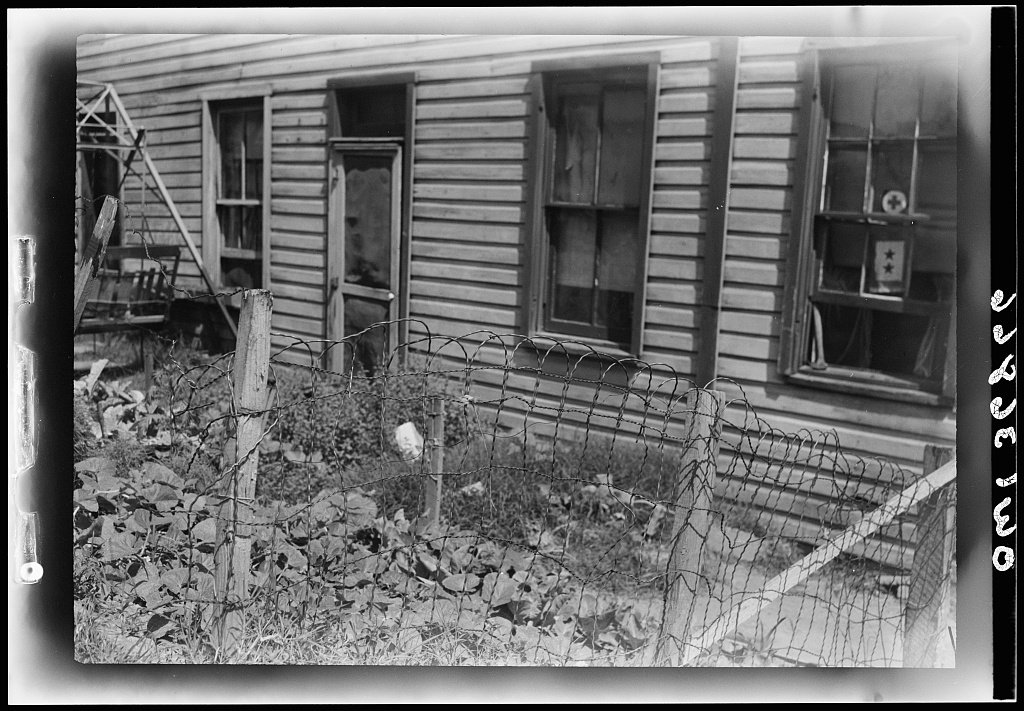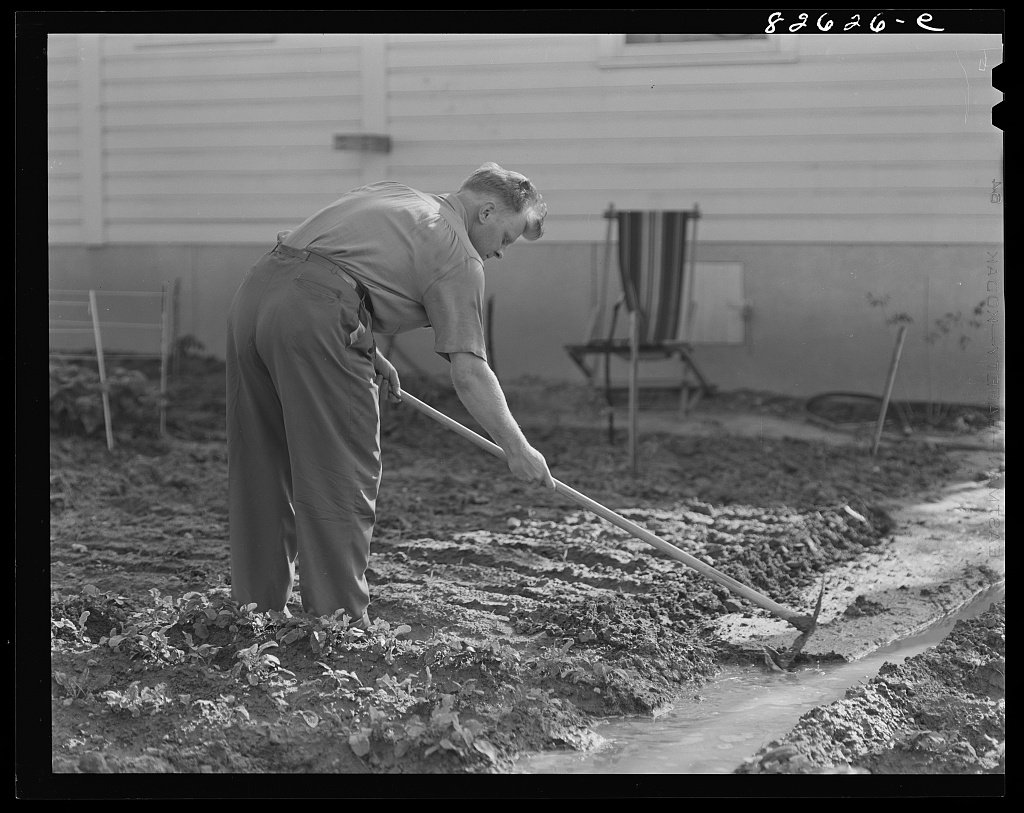Gardening in Redlined Neighborhoods
This project, which grew out of collaborative research on redlining and the environment with Dr. Rachel McKane, examines the shifting associations attached to at-home vegetable gardens in the United States from the war garden efforts of World War I to the victory gardens of World War II. It puts archival data from national gardening campaigns into conversation with area descriptions discussing vegetable gardens in the City Survey Program’s ‘redlining maps’ (1935-1940), made available by the Mapping Inequality project. While early twentieth-century gardening programs tied small-scale agriculture to patriotism and morality, drawing on long-standing cultural narratives associating manual labor with deservingness, we see in the redlining maps that when immigrants, poor people, or people of color grew food on their properties, they were not extended such esteem. Instead, neighborhoods with vegetable gardens or subsistence homesteads were seen as ‘blighted’ and consistently received poor grades. Just a few years prior, poor and racialized Americans were ‘condemned’ for not growing their own food, and unwillingness to tend a garden even justified welfare administrators’ withholding of other forms of relief. Yet these maps reveal that, far from demonstrating model citizenship, gardens tended by poor and non-white residents in urban areas across the country made an entire neighborhood ‘undesirable,’ even ‘hazardous.’
This work-in-progress was recently presented at the 2024 Oxford Symposium for Food and Cookery.

War Garden Propaganda

Victory Garden in Southwest Washington, D.C.

Victory Gardener in Childersburg, Alabama
Farmer's Bulletin 936 and other War Garden and Victory Garden pamphlets can be found at the USDA’s National Agricultural Library. All other images are sourced from the Library of Congress.
